Feeling Blue?Here at Bowland stoves we all understand how the long winter evenings cause many people feel unhappy and depressed. Seasonal affective disorder (SAD) is a common illness which is more apparent in the winter […]
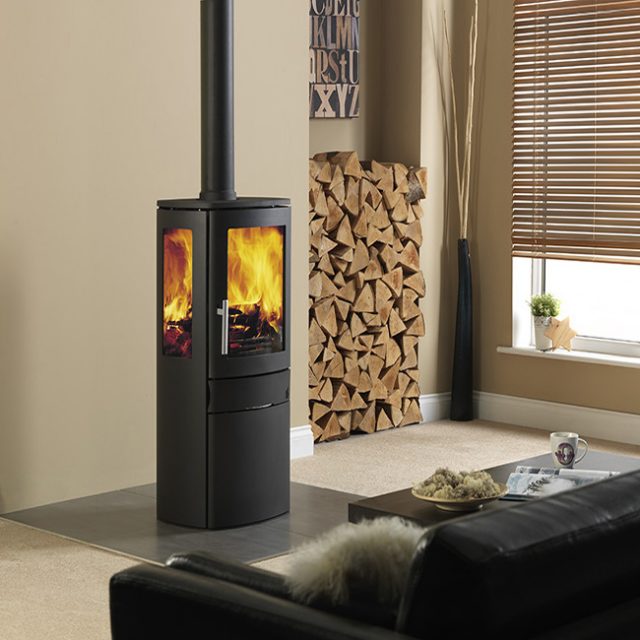

Feeling Blue?Here at Bowland stoves we all understand how the long winter evenings cause many people feel unhappy and depressed. Seasonal affective disorder (SAD) is a common illness which is more apparent in the winter […]
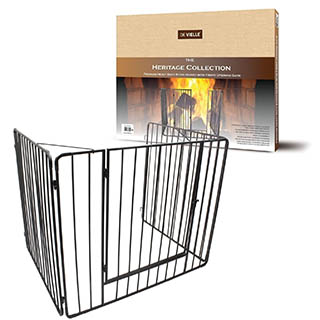
In order to try and child proof your fireplace, you need to get into the mind- set of the child. Many children are curious and are always exploring their surroundings they often sit by the […]
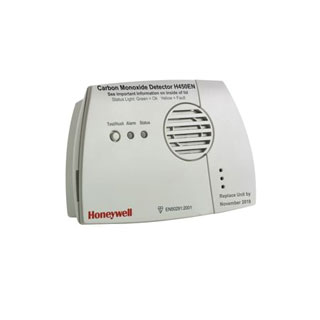
The Silent KillerDid you know that you are harbouring a silent killer in your home? Carbon monoxide poisoning is the silent killer found in most homes if not detected early enough. Carbon monoxide (C02) is […]
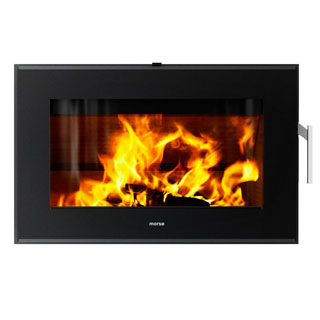
Are your Morso Spare Parts Genuine?With the influx of counterfeit goods arriving in the Uk from China, have you ever wondered about the quality of the stove spare parts you are purchasing? Morso UK have […]
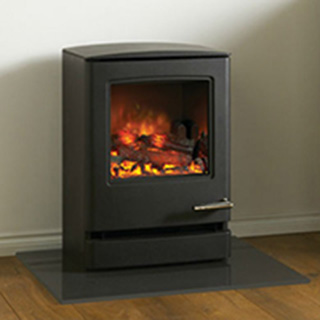
Plug and Go with a Yeoman Electric StoveDo you want the aesthetic attraction of a woodburning stove but don’t want the cost of installation or continually buying fuel into the home for feeding the fire? […]
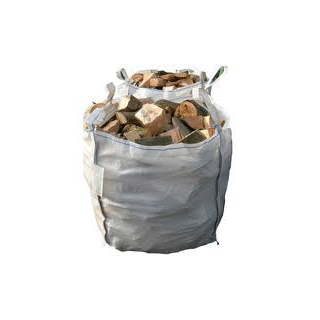
Burning wood – are you trying to save money?
Do you go and forage for your own wood to burn? You may find that in the long run this is costing you more money and impacting on the environment as well as causing damage to your wood burning stove and chimney. There are some simple guidelines to follow when burning wood.
Update: In February 2020 the UK government announced plans to ban wet wood and house coal from the UK. Read our article which clarfiies the situation.
Heading: No ban on wood-burning stoves, repeat no ban on wood-burning stoves
Unseasoned firewood is a dark/mid brown colour and often has a green tinge to it. It has no cracks in the ingrain of the wood. These logs have about a 45% water content and are much heavier to lift. When burning unseasoned firewood more energy is used to burn the wood as the moisture content needs to evaporate up the chimney. This means you will have a cooler fire. As the wet wood or green wood as it is sometimes called is burnt it will cause a build up of creosote, a black sticky tar substance that clogs up your chimney, pollutes the environment and causes the glass in your fire to turn black. This substance is the main cause of chimney fires. If left unattended it could burn down your house or at the least cause damage to your chimney. An annual chimney sweep is always recommended for those with wood burning fires.